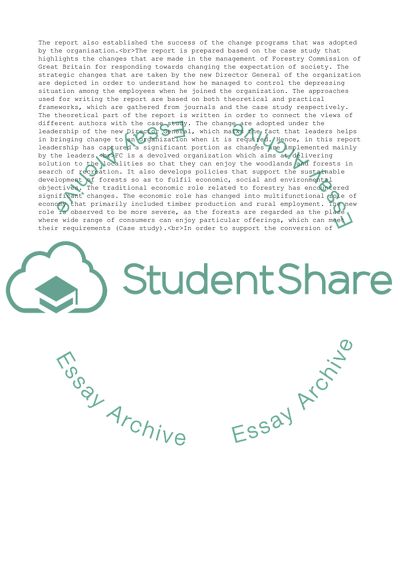Cite this document
(“Individual Business Report : Managing Change Assignment”, n.d.)
Retrieved de https://studentshare.org/business/1673285-individual-business-report-managing-change
Retrieved de https://studentshare.org/business/1673285-individual-business-report-managing-change
(Individual Business Report : Managing Change Assignment)
https://studentshare.org/business/1673285-individual-business-report-managing-change.
https://studentshare.org/business/1673285-individual-business-report-managing-change.
“Individual Business Report : Managing Change Assignment”, n.d. https://studentshare.org/business/1673285-individual-business-report-managing-change.


